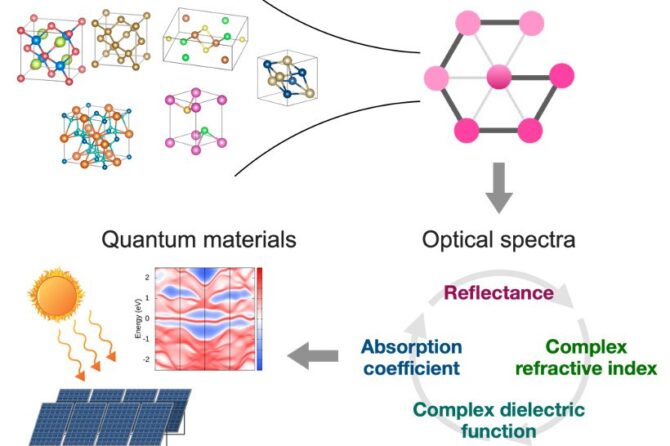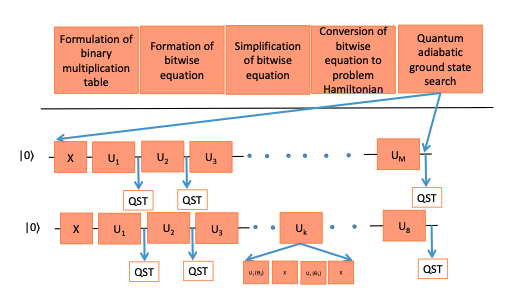A team of Australian scientists from the University of Technology Sydney (UTS) and the Australian National University (ANU) believe they have developed a way to address a decades-long challenge in the field of quantum materials—the spectral tuning of proposed quantum light sources.
The researchers say their results, using an atomically thin material, hexagonal boron nitride, constitute a significant step forward in understanding light–matter interactions of quantum systems in 2-D materials, and the journey towards scalable on-chip devices for quantum technologies.
By stretching the atomically-thin material to induce mechanical expansion of the quantum source, this, in turn resulted in the dramatic tuning range of the colors emitted by the quantum light source.
Unlike other nanomaterials used as quantum light sources, such as diamond, silicon carbide or gallium nitride hexagonal boron nitride isn’t brittle and comes with the unique stretchable mechanical properties of a van der Waals crystal. (Phys.org)
The study is published in Advanced Materials.


